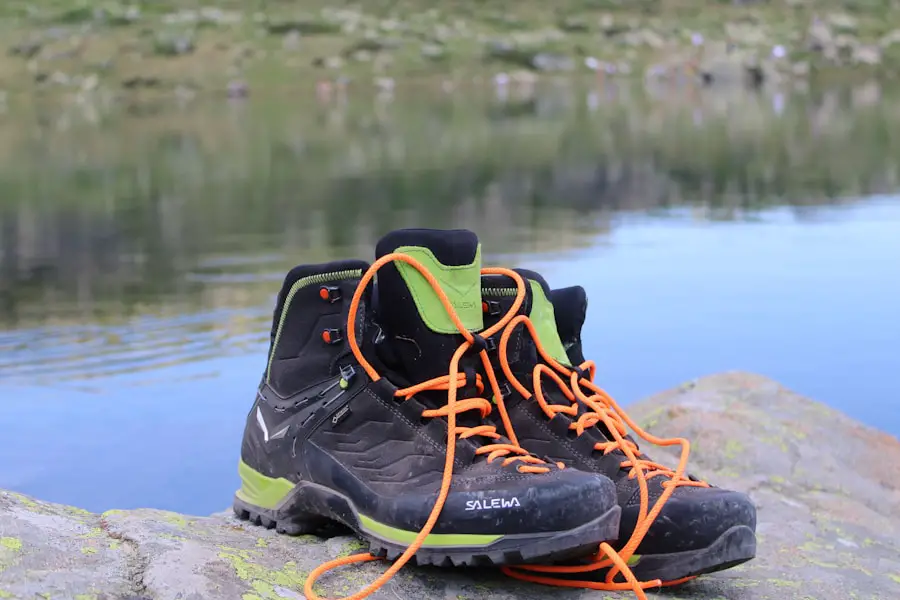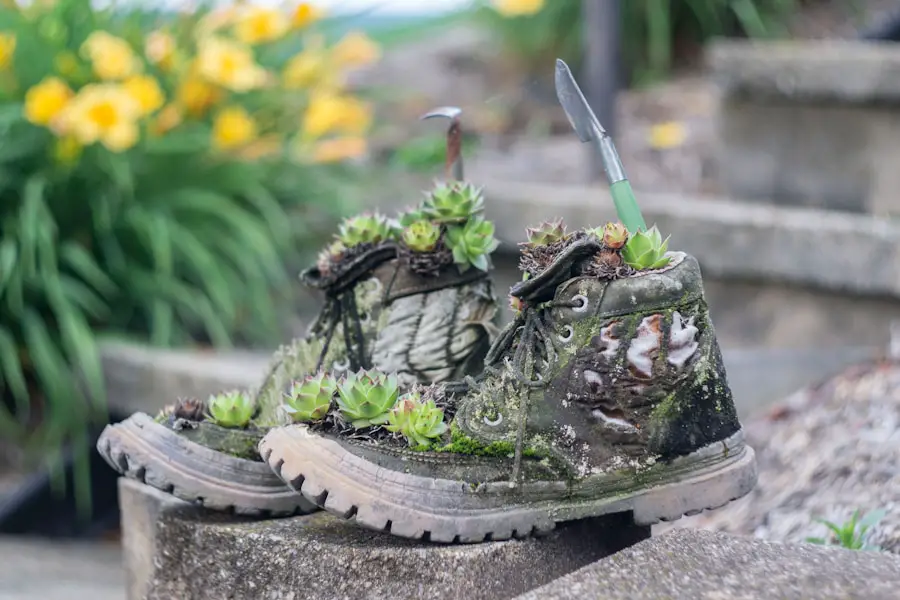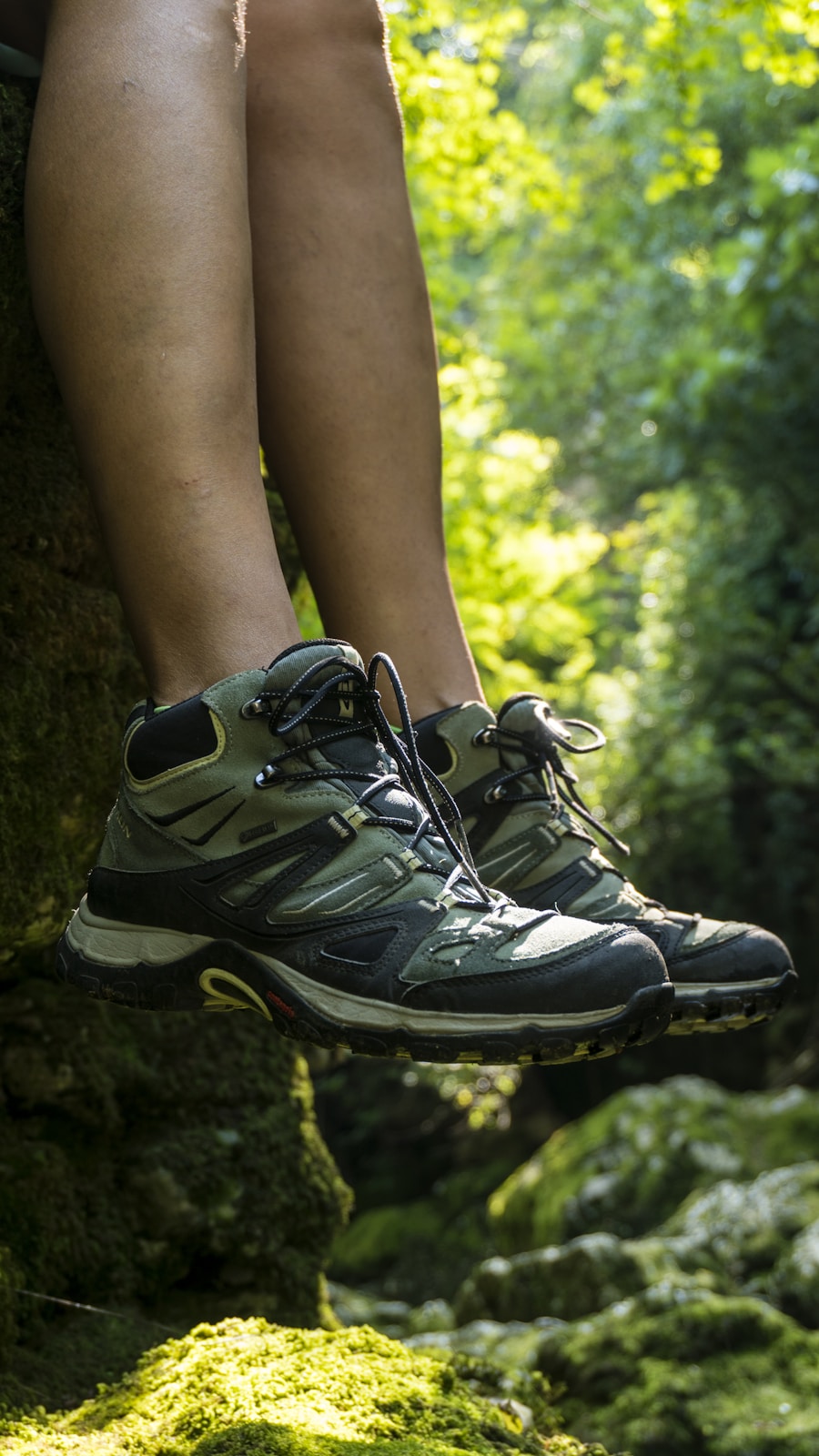Choosing the right hiking shoes is a critical decision for anyone who enjoys exploring the great outdoors. The right footwear can significantly enhance your hiking experience, providing comfort, support, and protection against the elements. Hiking shoes are not merely an accessory; they are a fundamental component of your gear that can influence your performance and safety on the trail.
Ill-fitting or inappropriate shoes can lead to blisters, foot fatigue, and even injuries, which can turn an enjoyable hike into a painful ordeal. Therefore, understanding the importance of selecting the right hiking shoes is paramount for both novice and seasoned hikers alike. The terrain you traverse can vary widely, from rocky paths to muddy trails, and the right shoes can make all the difference.
For instance, a well-constructed hiking shoe with adequate grip can prevent slips and falls on steep inclines or wet surfaces. Additionally, shoes designed for hiking often feature specialized materials that offer breathability and moisture-wicking properties, keeping your feet dry and comfortable over long distances. The right footwear not only enhances your performance but also contributes to your overall enjoyment of nature, allowing you to focus on the beauty around you rather than discomfort in your feet.
Key Takeaways
- Choosing the right hiking shoes is crucial for a comfortable and safe hiking experience
- Factors to consider when choosing hiking shoes include fit, support, traction, and waterproofing
- Different types of hiking shoes, such as trail shoes, hiking boots, and approach shoes, are designed for specific terrains and activities
- Top brands and models of hiking shoes include Merrell, Salomon, and Keen, known for their durability and performance
- Properly fitting hiking shoes is essential for preventing blisters and discomfort on the trail
Factors to Consider When Choosing Hiking Shoes
When selecting hiking shoes, several factors come into play that can affect your choice. One of the most critical considerations is the type of terrain you will be hiking on. Different terrains require different types of support and traction.
For example, if you plan to hike on rocky or uneven surfaces, you will need shoes with a sturdy sole and excellent grip to navigate safely. Conversely, if your hikes are primarily on well-maintained trails, lighter shoes may suffice. Understanding the specific demands of your hiking environment is essential in making an informed decision.
Another important factor is the fit of the shoe. A proper fit is crucial for comfort and performance. Hiking shoes should provide enough room in the toe box to allow for natural movement while ensuring that your heel is snugly secured to prevent blisters.
Additionally, consider the width of your foot; some brands offer wide options for those who need extra space. It’s also wise to try on shoes with the socks you intend to wear while hiking, as this can affect the overall fit. Remember that different brands may have varying sizing standards, so it’s advisable to try on multiple pairs to find the best fit for your foot shape.
Different Types of Hiking Shoes and Their Uses

Hiking shoes come in various styles, each designed for specific types of hiking activities and conditions. The most common categories include hiking boots, trail runners, and approach shoes. Hiking boots are typically characterized by their high ankle support and rugged construction, making them ideal for challenging terrains such as rocky trails or mountainous regions.
They provide excellent stability and protection against ankle injuries, which is particularly beneficial for those carrying heavy backpacks or navigating uneven ground. Trail runners, on the other hand, are lightweight and designed for speed and agility on well-maintained trails. They offer less support than traditional hiking boots but are favored by many for their breathability and comfort during long-distance hikes.
These shoes are particularly popular among ultramarathoners and those who prefer a minimalist approach to footwear. Approach shoes bridge the gap between hiking shoes and climbing footwear; they feature sticky rubber soles for superior grip on rocky surfaces and are often used by climbers when approaching crags or boulders.
Top Brands and Models of Hiking Shoes
| Brand | Model | Weight (per pair) | Waterproof | Price |
|---|---|---|---|---|
| Salomon | X Ultra 3 Mid GTX | 1 lb 13.6 oz | Yes | 165 |
| Merrell | Moab 2 Mid WP | 2 lb 4 oz | Yes | 135 |
| Keen | Targhee III Mid WP | 2 lb 2 oz | Yes | 150 |
| The North Face | Ultra 109 GTX | 1 lb 15 oz | Yes | 120 |
| Columbia | Newton Ridge Plus II WP | 1 lb 15 oz | Yes | 90 |
The market is saturated with brands that specialize in hiking footwear, each offering unique features and technologies. Some of the most reputable brands include Merrell, Salomon, Columbia, and Keen. Merrell is known for its comfortable designs and durable materials, making it a favorite among casual hikers and serious trekkers alike.
The Merrell Moab series is particularly popular for its versatility across various terrains. Salomon is another brand that has gained a loyal following due to its innovative technologies such as Contagrip outsoles for enhanced traction and Sensifit systems for a secure fit. The Salomon X Ultra series is highly regarded for its lightweight construction and excellent performance on rugged trails.
Columbia offers a range of affordable yet reliable options, with models like the Columbia Redmond providing good support and waterproofing features suitable for wet conditions. Keen stands out with its unique toe protection design, making it an excellent choice for those who frequently encounter rocky paths. The Keen Targhee series is well-loved for its comfort and durability, often recommended for multi-day hikes where foot fatigue can be a concern.
How to Properly Fit Hiking Shoes
Achieving the perfect fit for hiking shoes involves more than just selecting your usual size; it requires careful consideration of various factors to ensure optimal comfort during your hikes. Start by measuring your feet at the end of the day when they are likely to be slightly swollen from daily activities. This will give you a more accurate representation of your foot size when you’re out on the trail.
When trying on hiking shoes, wear the socks you plan to use during hikes—this can significantly affect how the shoe fits. Walk around in the shoes on different surfaces if possible; pay attention to how they feel when you walk downhill as well as uphill. Your toes should have enough room to wiggle without feeling cramped, while your heel should remain secure without slipping out when you walk.
A good rule of thumb is to have about a thumb’s width of space between your longest toe and the front of the shoe.
Tips for Breaking in New Hiking Shoes

Getting Started
Start by wearing your new shoes around the house or during short walks to allow them to flex and adjust to your foot shape gradually. This initial phase helps identify any pressure points or areas that may cause discomfort.
Gradually Increasing Intensity
Once you feel comfortable with short walks, gradually increase the duration and intensity of your outings while wearing the new shoes. Aim for varied terrains if possible; this will help simulate real hiking conditions and allow your shoes to adapt accordingly.
Monitoring for Discomfort
It’s advisable to keep an eye out for any signs of discomfort or blisters during this process; if you notice any issues, consider adjusting how you lace them or using different socks until they feel more comfortable.
Maintaining and Caring for Hiking Shoes
Proper maintenance of hiking shoes can extend their lifespan significantly and ensure they perform well over time. After each hike, it’s essential to clean off any dirt or mud that may have accumulated on the shoes. Use a soft brush or cloth to remove debris from the soles and uppers; this prevents buildup that could affect traction or cause material degradation.
Additionally, drying your shoes properly after exposure to moisture is crucial. Avoid placing them near direct heat sources like radiators or fireplaces, as excessive heat can damage materials like leather or synthetic fabrics. Instead, let them air dry at room temperature, removing insoles if necessary to facilitate drying.
Regularly check for signs of wear such as frayed laces or worn-out soles; addressing these issues promptly can prevent further damage and ensure your shoes remain reliable on future hikes.
Hiking Shoe Recommendations for Different Terrains and Conditions
Selecting the right hiking shoe based on terrain and conditions can greatly enhance your outdoor experience. For rocky or uneven trails, consider investing in a sturdy pair of mid- or high-cut hiking boots that provide ample ankle support and traction—models like the Salomon Quest 4D GTX are excellent choices due to their robust construction and waterproof capabilities. If you plan on tackling muddy or wet conditions frequently, look for shoes with waterproof membranes such as Gore-Tex lining; models like the Merrell Moab 2 Waterproof are designed specifically for such environments while maintaining breathability.
For those who prefer speed on well-maintained trails or running paths, trail runners like the Altra Lone Peak series offer lightweight options with excellent grip. In snowy or icy conditions, specialized winter hiking boots equipped with insulation and aggressive outsoles are essential for safety; consider brands like Sorel or The North Face that offer models designed specifically for winter trekking. Ultimately, understanding your specific needs based on terrain and weather conditions will guide you in selecting the most suitable hiking footwear for your adventures.
If you’re looking for the best hiking shoes for your outdoor adventures, you may also be interested in checking out the article on the best travel pants with hidden pockets. Having pants with hidden pockets can be incredibly useful while hiking, allowing you to securely store small items like keys, cash, or a phone without worrying about them falling out. These pants are designed to be comfortable and practical for all your travel needs, making them a great addition to your hiking gear.
Love travel? Join Our Facebook Community For More Tips.
FAQs
What are hiking shoes?
Hiking shoes are a type of footwear designed for outdoor activities such as hiking, trekking, and walking on rough terrain. They are specifically designed to provide support, stability, and protection for the feet during outdoor activities.
What are the features of good hiking shoes?
Good hiking shoes should have features such as a durable and grippy outsole for traction, a supportive midsole for stability, a protective toe cap, a comfortable and cushioned insole, and a breathable and waterproof upper to keep the feet dry and comfortable.
What are the benefits of wearing hiking shoes?
Wearing hiking shoes provides benefits such as better support and stability on uneven terrain, protection from rocks, roots, and other obstacles, improved traction on slippery surfaces, and overall comfort during long hikes.
How do I choose the right hiking shoes?
When choosing hiking shoes, consider factors such as the type of terrain you will be hiking on, the level of ankle support you need, the fit and comfort of the shoes, and any specific features such as waterproofing or breathability that are important for your hiking conditions.
How should hiking shoes fit?
Hiking shoes should fit snugly but not too tight, with enough room in the toe box to wiggle your toes. The heel should be secure and not slip, and there should be no pressure points or areas of discomfort. It’s important to try on hiking shoes with the socks you plan to wear while hiking to ensure the right fit.
